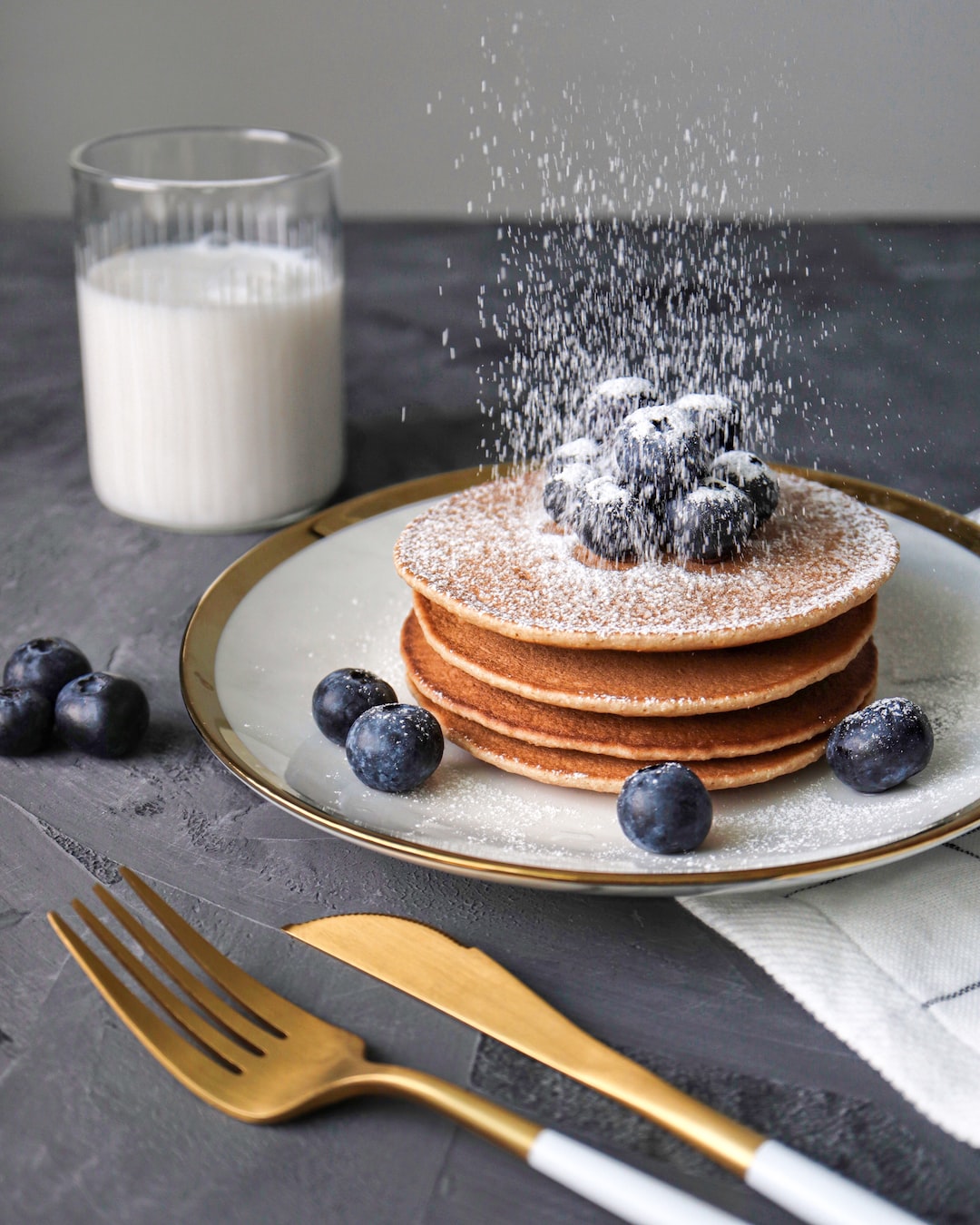The Art of Food Preservation: Canning, Pickling, and Freezing Techniques
In today’s fast-paced world, it is easy to overlook the importance of preserving food. With the convenience of grocery stores and restaurants, we often take for granted the abundance of fresh produce available to us. However, it is essential to remember that not too long ago, people relied on their own resourcefulness to ensure a sufficient food supply throughout the year. The art of food preservation, particularly canning, pickling, and freezing, has evolved over time and continues to be a valuable skill to possess.
Canning is a traditional method of preserving food that has been practiced for centuries. The process involves cooking the food, sealing it in airtight containers, and heating them to kill any bacteria or microorganisms that may cause spoilage. This method not only extends the shelf life of various fruits and vegetables but also locks in their flavors and nutrients. Canned food is a practical and sustainable way to enjoy seasonal produce all year round and reduce food waste.
The canning process begins with careful selection and preparation of the food. Fruits and vegetables are washed, peeled, and sliced as necessary. Then, they are cooked in liquid or syrup, which enhances their taste and texture. The cooked food is transferred into clean, sterilized jars, and the jars are sealed tightly. The final step is to place the jars in a boiling water bath or use a pressure canner to eliminate any potential pathogens. Once the jars cool down, they can be stored at room temperature for an extended period, ready to be enjoyed whenever desired.
Pickling is another popular method of food preservation that dates back centuries. It involves immersing fruits or vegetables in a solution of vinegar, salt, and spices to create a tangy and flavorful product. The acidity of the pickling solution inhibits the growth of bacteria, making pickled foods last for several months. This technique allows for the preservation of a wide variety of vegetables, such as cucumbers, carrots, and peppers, as well as fruits like lemons, cherries, and watermelon rinds.
To pickle food, the produce is first thoroughly washed and prepared. It is then soaked in a brine or vinegar mixture, often mixed with spices or herbs to enhance the flavor profile. The pickles are sealed in jars and left to ferment for a specific period, allowing the flavors to meld and intensify. Once ready, these pickled delicacies can be enjoyed as a condiment or used creatively in various dishes, adding a burst of flavor and texture.
Freezing is a modern food preservation technique that retains the natural qualities of many fruits, vegetables, and even meats. The process involves rapidly cooling the food to extremely low temperatures, which slows down the deterioration caused by enzymes and microorganisms. Freezing not only preserves the freshness and nutritional value of the food but also offers convenience and flexibility in meal planning.
Before freezing, it is crucial to prepare the food properly. Fruits and vegetables should be blanched briefly in boiling water to stop enzyme activity, retain color, and eliminate any potential microorganisms. The food is then cooled quickly before packing it in airtight containers or freezer bags. Labeling and dating the packages are essential for organization and to ensure proper rotation of frozen foods. Freezing can extend the shelf life of food significantly, allowing for a well-stocked freezer that provides tasty and nutritious options year-round.
In conclusion, the art of food preservation through canning, pickling, and freezing techniques is a valuable skill that should not be forgotten. These methods not only prolong the shelf life of various foods but also allow us to enjoy the flavors and nutritional benefits of seasonal produce throughout the year. By embracing the art of food preservation, we not only reduce food waste but also connect with our heritage and create a more sustainable future.

